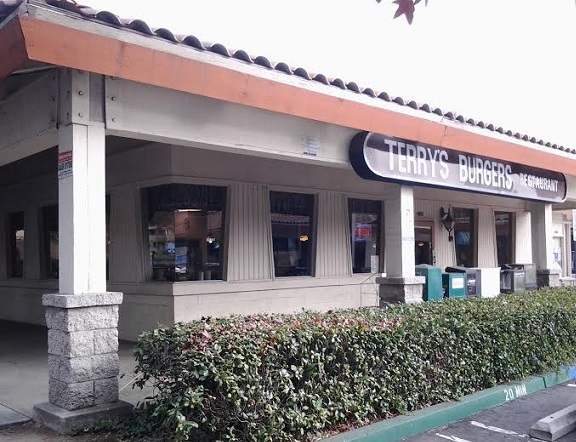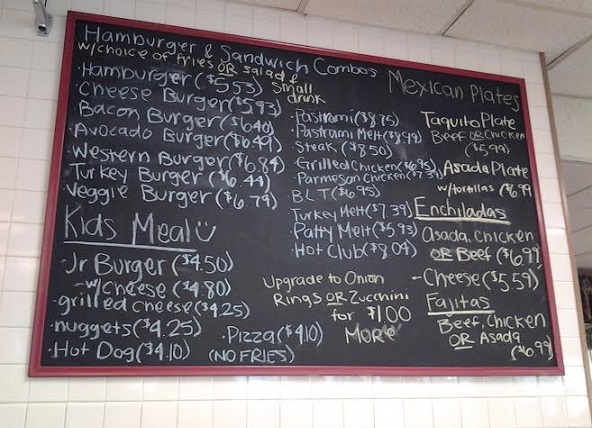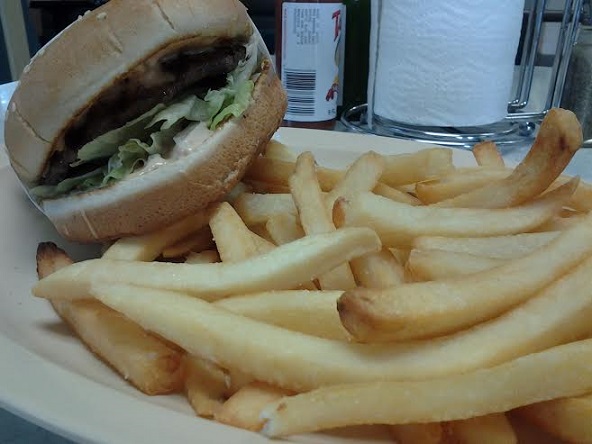Courtesy of my mom, I have here a special 10-page section of the Spokane (Wash.) Spokesman-Review of Nov. 11, 2007 about that city’s newly restored Fox Theater.
It’s quite a section, and for John Clifford and others who might be interested in getting one by mail, perhaps a call to the newspaper’s circulation department would bear fruit. Either that, or maybe your mothers have copies saved for you too.
To summarize matters, the Spokane Fox opened in September 1931, just five months after Pomona’s, and closed in 2000, just as Pomona’s did (although movies stopped being shown here some years previously).
Spokane’s Fox had 2,350 seats, compared to Pomona’s 1,711. Spokane’s construction budget was $1 million, Pomona’s $300,000. Spokane’s was called a “deluxe” Fox akin to those in St. Louis, Atlanta, Detroit and Beverly Hills. A vintage photo shows the theater’s exterior looked remarkably like Pomona’s, only with a really lame sign on top. At least we got Spokane beat on that.
The theater, now 1,636-1,727 seats, will be home to the Spokane Symphony, which bought the building for $3 million, as well as to opera, pop and dance performances and high school graduations. Pomona’s, which will also lose a few seats from the original size for access reasons, will have pop and rock performances, movies and community events.
A new life for the Spokane Fox began when word came in 2000 that the theater might be razed for a parking lot. After fund-raising, work began in late 2005 and concluded last fall. Cost was $31 million, including a $4.5 million operating endowment. As of publication the total raised was $28.5 million. “More than 1,000 donors pitched in to the ‘Save the Fox’ campaign,” the newspaper reported.
Pomona’s restoration is said to be around $8 million, financed privately and with government tax credits, with additional restoration (chandeliers, a pipe organ and other flourishes) possible later with private fund-raising. The City Council bought the theater in January 2002 for $1.1 million and it was sold to private owners in December.
Our Fox is slated to reopen in December. Can’t wait.



